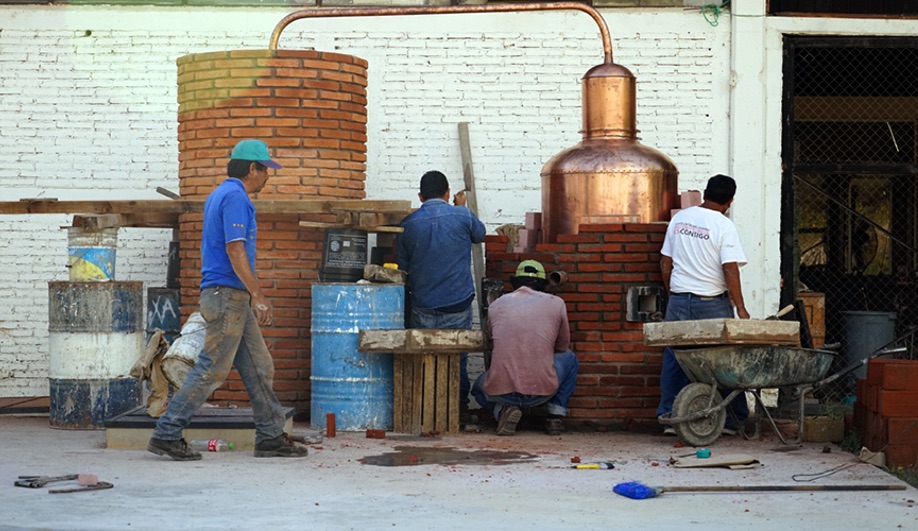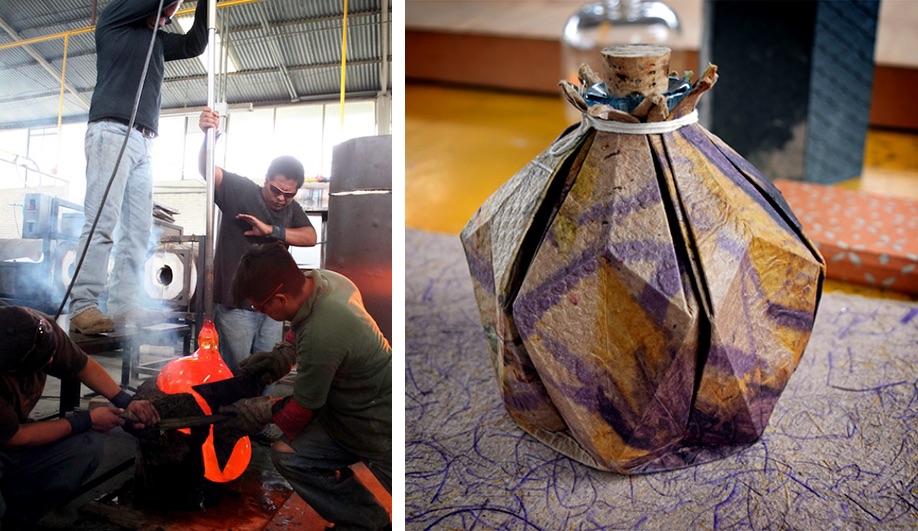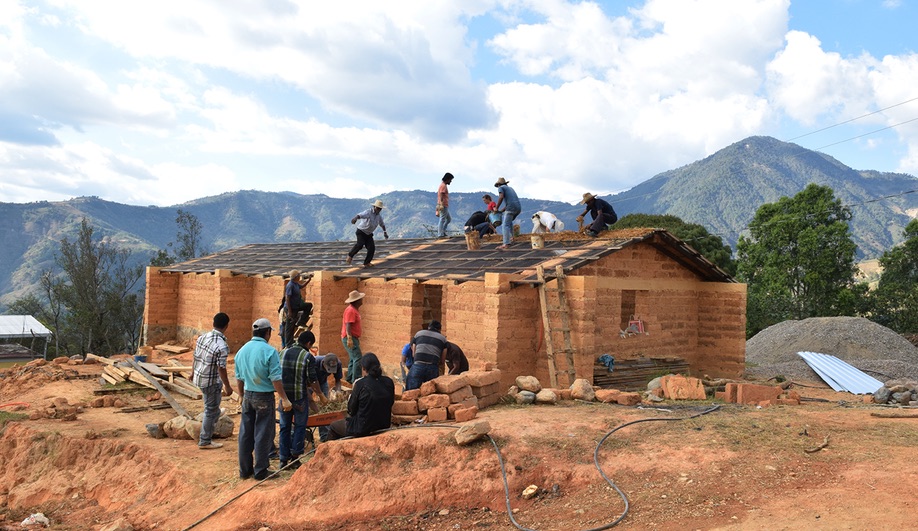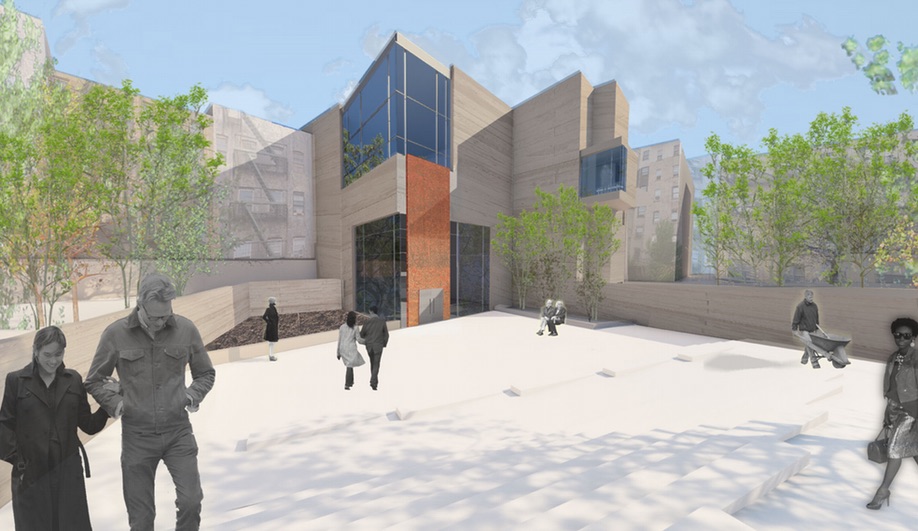
“For every complex problem,” says the riff on H. L. Mencken, “there’s a simple solution – and it’s wrong.” In the real world, the solutions to our most intractable dilemmas are seldom tidy.
The Fuller Challenge, a program now in its ninth year, was started by the Buckminster Fuller Institute to recognize those projects that take a systemic design approach to poverty, disease or education, with results that are “visionary, comprehensive, anticipatory, ecologically responsible, feasible, and verifiable.”
The list of this year’s semifinalists, announced last month, tackle concerns that range from earthquake resistance in remote areas to the root causes of human trafficking. The 19 semifinalists are grouped into five major categories: the Built Environment, Human Health, Food Production, Human Rights & Development, Materials & the Circular Economy, and Environment & Resources. We’ve selected one semifinalist from each category – not to elevate them above the rest, but to give a sense of the scope of the projects that the Challenge recognizes, and the innovative thinking that all the semifinalists have brought to their work.
You can see all 19 of the Fuller Challenge semifinalists here.

1 Procesos Proambientales Xaquixe
Although the artisans of Mexico are highly regarded and constitute a significant portion of the workforce (they comprise 10 per cent of the population of Oaxaca, for example), many face extreme poverty, lacking the resources to effectively do their work. To meet their energy needs, some turn to burning wood, industrial wastes and toxic materials, to the detriment of their own health and of the environment around them.
Procesos Proambientales Xaquixe has done on a micro-scale what big industries have done on a larger scale – replacing toxic fuel sources with renewables – by connecting glass and ceramic makers (above), and even mezcal producers (top of page), with local universities and research centres. The closed-loop sustainable methods they’ve developed for meeting artisans’ needs offer the double benefits of providing more reliable energy sources, and reducing environmental damage.

2 CommuniTree
Fighting deforestation is particularly difficult in areas of extreme poverty. CommuniTree, an initiative based in Guatemala, invests the funds from international carbon credit purchases to incite farmers to reclaim deforested areas with new plantings of trees. But in addition to becoming a valuable carbon sink, these underutilized areas are transformed into sources of income: the funds subsidize the trees for a 10-year period, at the end of which they are large enough to shelter shade crops like coffee and cacao, or be sustainably harvested for their wood.

3 Cooperación Comunitaria
Two hurricanes ripped through western Mexico in 2013, killing 200 and affecting nearly a quarter of a million more, with some of the most brutal damage inflicted by landslides. In the particularly steep-hilled region of La Montaña, home to 85 per cent of Guerrero’s indigenous population, landslides and high winds damaged infrastructure, lines of communication and crops, and destroyed fragile adobe homes.
Cooperación Comunitaria is working hand-in-hand with the devastated communities of La Montaña to rebuild, combining indigenous techniques and understanding of the risky terrain with the latest methods of building affordably, with seismically and ecologically sound practices, to prevent damage from future landslides. Besides the rebuilding of damaged structures, the Cooperación is also developing the local economy with education programs, agroforestry, and a revival of indigenous traditions.

4 MIT Open Agriculture Initiative
Before the dream of vertical farming becomes a reality, we’ll first need to develop the technology to grow crops in enclosed spaces (with closed-loop irrigation and fertilization systems) far removed from nature. A team from MIT is leading the way with the Open Agriculture Initiative, an open-source “controlled environment agriculture” platform that imagines farming happening in “food computers” at three different scales. Their ultimate goal is to make localized farming more accessible, and sidestep some of industrial agriculture’s more damaging practices.
To do this, the team envisioned a desktop-scale farm for homes or experimental maker spaces; a shipping-container-scale one to serve restaurants, cafeterias and hospitals; and a warehouse-sized farm for industrial-scale production. Far from being intended for the mass production of crops, the desktop-scale units are designed to let tinkerers experiment with new methods, encouraging a new generation of techno-farmers; the team’s long-term plans include sending 150,000 units to schools across the US.

5 Urban Death Project
The funeral industry, though necessary, is a top offender when it comes to pollution. Every 12 months, nearly 82,000 tonnes of steel, 1.5 million tonnes of concrete and tens of millions of litres of carcinogenic formaldehyde-based embalming fluid are buried in US cemeteries. Cremation, which is responsible for the release of nearly 275 million kilograms of carbon dioxide in the US each year, isn’t much better. But reducing this pollution is not a simple design brief; the habits of our funerary rituals will have to change as well. To introduce more sustainable burial practices, Urban Death Project has conceived of a scalable system based on the natural process of decomposition, with plans for its initial facility in Seattle, Washington. Combined with forest waste, bodies will be composted into soil inside a structure that combines the roles of park, funeral home, cemetery and columbarium.
